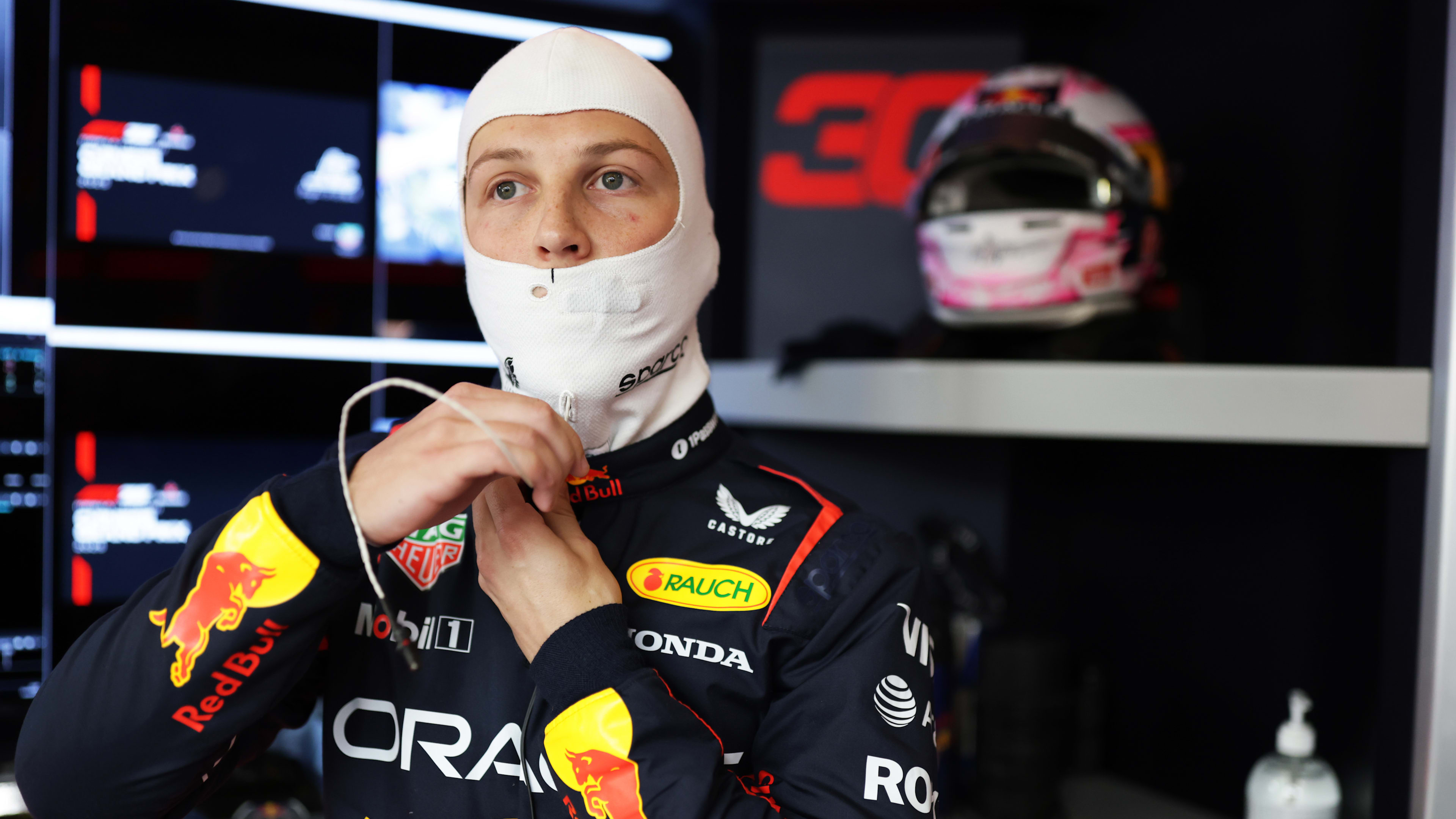F1 China: Key Drivers' Starting Spots – A Grid Analysis
The roar of the engines is almost upon us! The Chinese Grand Prix, while unfortunately absent from the 2023 calendar, remains a pivotal race in Formula 1 history. Analyzing the starting grid for past Chinese GPs reveals fascinating insights into driver performance and team strategy. This article delves into the key drivers' starting spots in memorable Chinese Grand Prix races, exploring the factors influencing their positions and the subsequent race outcomes.
Analyzing the Starting Grid: A Key to Race Success
The starting grid in Formula 1 is far more than just a lineup; it's a snapshot of the teams' qualifying performance, strategic decisions, and ultimately, a significant predictor of race results. A strong starting position can be the difference between a podium finish and a mid-pack struggle. In the context of the Chinese Grand Prix, the track characteristics – a blend of high-speed corners and demanding straights – often played a crucial role in determining qualifying performance.
Lewis Hamilton's Dominance in Shanghai
Lewis Hamilton's record at the Shanghai International Circuit is impressive, frequently securing pole position and dominating the race. Analyzing his starting spots reveals a consistent pattern of excellence. His mastery of the track, combined with the Mercedes' strong performance in the hybrid era, led to several front-row starts and subsequent victories.
- 2011: Pole position, victory.
- 2014: Pole position, victory.
- 2017: Second place on the grid, victory.
These examples highlight how a strong qualifying performance, translating into a front-row start, significantly boosted his chances of winning in China.
Sebastian Vettel's Challenges in Shanghai
In contrast, Sebastian Vettel, despite his overall F1 success, faced more challenges in Shanghai. While he secured pole positions in some years, his starting grid positions were more varied than Hamilton's. This underscores how even the most skilled drivers can encounter difficulties on a specific track.
- 2009: Fifth place on the grid, finished 15th.
- 2011: Second place on the grid, finished second.
- 2013: Pole position, finished 1st.
This variation highlights the importance of considering other factors beyond starting position, such as race strategy, car performance during the race, and unexpected events.
The Impact of Track Conditions and Car Set-up
The Shanghai International Circuit's characteristics – including its long straights, demanding corners, and varied weather conditions – significantly impacted qualifying and race performance. Teams' ability to optimize their car set-up for these conditions played a pivotal role in determining the drivers' starting positions.
The Role of Tyre Strategy
Tire management was another crucial element influencing race performance and, indirectly, the importance of grid position. The strategic choice of tire compounds throughout qualifying and the race could dramatically affect the outcome, even for drivers who started from the front row.
The Future of the Chinese Grand Prix
The absence of the Chinese Grand Prix from the 2023 calendar is a significant loss for Formula 1. Its unique challenges and thrilling races will be missed by fans and teams alike. The hope remains that the race will return in the future, allowing for another chapter in the fascinating history of F1's Chinese chapter.
Conclusion: Beyond the Starting Grid
While the starting grid provides a valuable initial insight, it’s critical to remember that it’s only one piece of the puzzle. Race strategy, driver skill, car reliability, and even unpredictable factors like weather significantly influence the final race results. Analyzing past Chinese Grand Prix starting grids helps us understand the complexities of F1 racing and appreciate the strategic depth involved in achieving success.
Call to Action: Share your favorite memories of the Chinese Grand Prix and your thoughts on the impact of starting position on race outcomes in the comments below!
